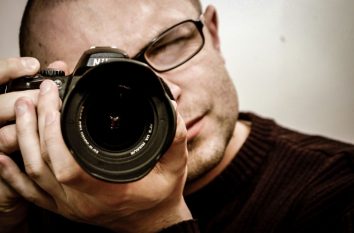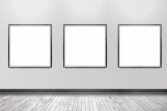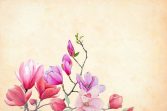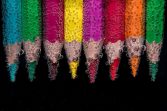Fashion Illustration: A Comprehensive Overview
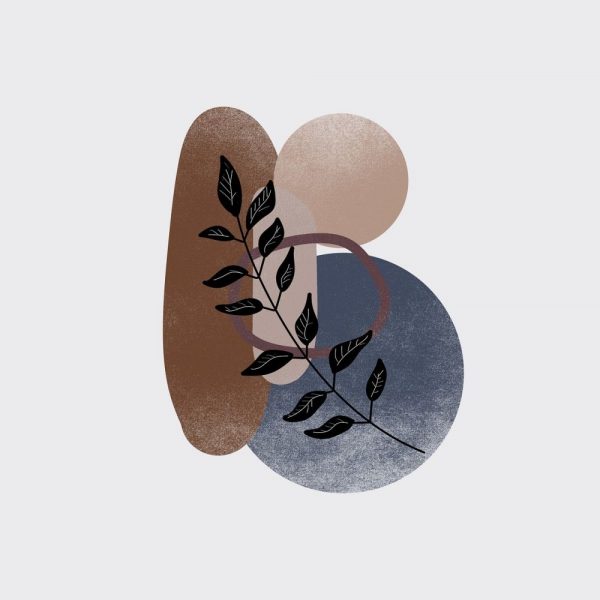
Introduction:
Fashion illustration is a visual art form that showcases fashion designs and clothing through drawings and sketches. It serves as a vital tool for designers, retailers, and fashion enthusiasts to communicate ideas, showcase creativity, and visualize garments before completion. In this article, we will provide a thorough understanding of fashion illustration, its various types, popular styles, quantitative measurements, differences between illustrations, and a historical analysis of the advantages and disadvantages it offers.
1. A Detailed Presentation of Fashion Illustration:

Fashion illustration encompasses various techniques and approaches, depicting garments, accessories, and clothing trends. It combines artistry, skill, and knowledge of fashion aesthetics to create visually appealing and informative representations. There are different types of fashion illustration techniques, including:
– Traditional Illustrated Fashion: This technique involves using watercolors, markers, pencils, or other traditional art tools to depict fashion designs. It showcases the designer’s unique style and provides a more organic and handcrafted representation of garments.
– Digital Fashion Illustration: With the advent of technology, digital tools like tablets, software programs, and digital pens have revolutionized the fashion illustration process. Digital illustrations offer precise lines, color manipulation options, and ease of editing, making them popular in the fashion industry.
– Mixed-Media Fashion Illustration: This technique combines traditional and digital methods to create versatile and dynamic fashion illustrations. It allows artists to experiment with different materials, textures, and styles, producing unique and visually captivating illustrations.
2. Quantitative Measurements in Fashion Illustration:
In addition to the artistic aspect of fashion illustration, quantitative measurements play a crucial role in accurately depicting the clothing designs. Measurements such as proportions, body landmarks, and scale are essential for creating realistic and wearable garments. Fashion illustrators often use standard measurements and industry guidelines to ensure accuracy and consistency in their illustrations.
3. Differentiating Styles in Fashion Illustration:
Fashion illustration styles vary widely depending on the artist’s vision, fashion trends, and purpose of the illustration. Some popular styles include:
– High-Fashion Illustration: This style emphasizes elegance, drama, and intricate details. It often exaggerates the proportions and features of models and garments, creating visually striking and glamorous illustrations.
– Street Style Illustration: Reflecting urban fashion trends, this style focuses on everyday wear, individuality, and self-expression. Street style illustrations often employ bold colors, loose brush strokes, and unconventional poses to capture the essence of urban fashion.
– Minimalistic Fashion Illustration: Characterized by simplicity and clean lines, this style emphasizes the essential elements of the outfit. Minimalistic illustrations often use monochromatic or limited color palettes, focusing on shapes, silhouettes, and textures.
4. Historical Analysis of Fashion Illustration:
Fashion illustration has evolved significantly over the years, reflecting changes in fashion, technology, and societal trends. Earlier forms of fashion illustration relied heavily on traditional hand-drawn techniques, with limited color options and slower production times. However, with advancements in printing techniques and the digital era, fashion illustrations became more accessible and adaptable.
Advantages:
– Allows designers to visualize their ideas and communicate them effectively.
– Enables retailers to showcase clothing designs to potential customers before production.
– Offers freedom for experimentation and creativity, pushing the boundaries of fashion.
Disadvantages:
– Can create unrealistic expectations regarding body image and idealized fashion standards.
– Limited representation of diverse body types and cultural influences in traditional fashion illustration.
Conclusion:
Fashion illustration serves as a powerful artistic medium, bridging the gap between concept and creation. It offers a diverse range of techniques and styles, from traditional to digital, enabling designers to showcase their creativity and provide a visual narrative to fashion enthusiasts. However, it is essential to address the challenges associated with representation and maintain a balance between artistry and reality in the fashion industry.
References:
– (Insert relevant references here)
FAQ
What are the advantages and disadvantages of fashion illustration?
What are the different types of fashion illustration techniques?
What is fashion illustration?
Fler nyheter
Vikten av att ta ett professionellt körkortsfoto på Östermalm
Introduction: Fashion illustration is a visual art form that showcases fashion designs and clothing through drawings and sketches. It serves as a vital tool for designers, retailers, and fashion enthusiasts to communicate ideas, showcase creativity, ...
29 november 2025
Fotograf i Umeå: Skapa minnen som varar
Introduction: Fashion illustration is a visual art form that showcases fashion designs and clothing through drawings and sketches. It serves as a vital tool for designers, retailers, and fashion enthusiasts to communicate ideas, showcase creativity, ...
30 oktober 2025
Bröllopsfotograf: en nyckelperson i din bröllopsberättelse
Introduction: Fashion illustration is a visual art form that showcases fashion designs and clothing through drawings and sketches. It serves as a vital tool for designers, retailers, and fashion enthusiasts to communicate ideas, showcase creativity, ...
01 september 2025
Guide till att ta passfoto i Vällingby
Introduction: Fashion illustration is a visual art form that showcases fashion designs and clothing through drawings and sketches. It serves as a vital tool for designers, retailers, and fashion enthusiasts to communicate ideas, showcase creativity, ...
05 mars 2025
